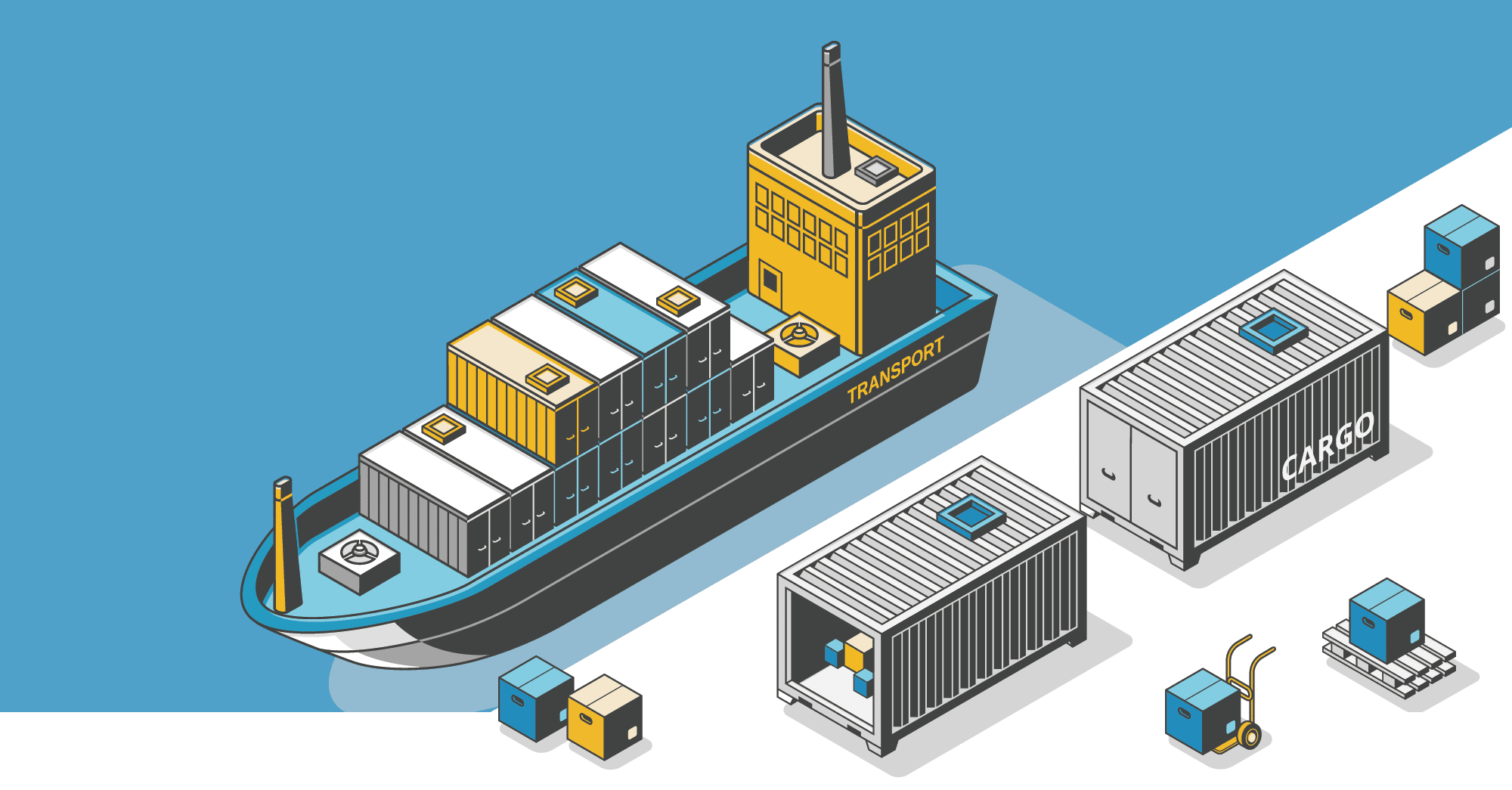Imagine this: you’ve booked a full shipping container for your products, feeling confident that logistics errors won’t impact delivery. That’s the advantage of FCL shipping—you control the entire container’s journey from start to finish. It’s faster, cleaner, and often smarter than sharing space with other shippers.
Whether you’re an exporter with years of experience or new to global markets, mastering FCL shipping can be a game-changer in cutting costs, speeding delivery, and protecting your goods.
What Does FCL Shipping Mean?
In simple terms, FCL shipping means renting the entire container—even if it’s not fully packed—so you alone determine its contents, handling, and handling. Unlike LCL, where your goods might be consolidated with others, FCL gives you the reins. It’s like driving your own truck rather than hailing a taxi share.
Most businesses find the sweet spot when their shipment exceeds about 13 cubic meters. At that point, renting a full container usually becomes more economical and reliable.
